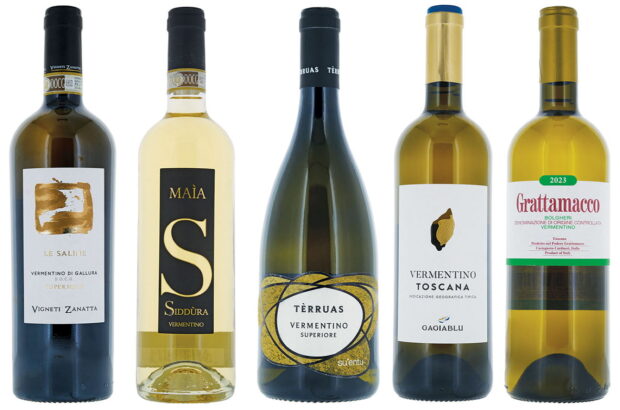When I think of Andalucía – a region I have explored over several decades while also working and living in London – I don’t think only of the Sierras and of El Zauzal, my own property in Aracena. I am equally attracted by its Atlantic-facing and Mediterranean coastal worlds, the small towns and beautiful cities dotted throughout the largest region of Spain.
To appreciate the complexity of the cocina de Andalucía we need to go back in time to understand the importance of the legacy left by the different cultures who came and went, whose food has layered and is still present in the Andalucían cooking pot: Roman, Jewish and especially Moorish from North Africa and the Middle East.
This book celebrates the popular food and ingredients from the area, such as Iberico hams from Huelva, olive oils from Córdoba or Jaen, Manzanilla olives from Seville or Sherry vinegar, sea salt and tiger prawns from Cádiz. Each recipe in the book is accompanied by a short history relating to the character of a chosen locality, a particular dish or, equally important, the people who grow and prepare the food.
Gazpacho andaluz
Gazpacho in Andalucía originated centuries ago as a light soup made with stale bread softened with water and flavoured with oil, garlic and vinegar. Later, more sophisticated gazpachos made with almonds became popular in Málaga and Córdoba. With the arrival of the tomato, green (bell) pepper and cucumber from the Americas, a more colourful and fresher version became a staple of the Andalucían kitchen, especially in summer. When flavoursome tomatoes aren’t available, you can greatly enhance the flavour by macerating the vegetables already chopped and all the rest of the ingredients for at least 2-3 hours, or better overnight, before blending. To obtain the texture Andalucíans consider the best, which is slightly grainy, gazpachos used to be prepared using a pestle and mortar, but today an electric blender does a good job.
Serves 6
Ingredients
- 1kg ripe, tasty tomatoes, chopped
- 1 green bell pepper, deseeded and chopped
- 50g stale bread, crusts removed and crumbled
- 1-2 garlic cloves, peeled
- 1 cucumber, peeled and sliced, plus a little extra, diced, to serve
- 100ml Spanish extra virgin olive oil
- 2-3 tbsp Sherry vinegar
- sea salt
- very cold water, for topping up
Method
1. Soak the bread in some water and when it’s well soaked, squeeze the water out.
2. Place the tomatoes, green pepper, garlic, cucumber and bread in a food processor or blender. Start blending to a creamy consistency, adding the olive oil, little by little. Season and add vinegar to taste. Add cold water until the desired consistency is reached and blend again.
3. Place in the fridge until ready to serve, garnished with diced cucumber.
NB: Gazpacho should be served very cold; however, to my taste, it does not need ice before serving. As it melts, ice dilutes the concentration of the vegetables and therefore the flavour.
María José Sevilla is a Spanish cook and writer, and an expert in Hispanic gastronomy and viticulture. She has written several books and is a member of both The Guild of Food Writers in the UK and Spain’s Gran Orden de Caballeros del Vino. In 1992, she won a Glenfiddich Food & Drink Award for her BBC TV series Spain on a Plate.
Cocina de Andalucía by María José Sevilla was published by Ryland Peters & Small (£22) in April 2024.
The wines to drink with gazpacho andaluz
By Fiona Beckett
You might wonder if you ought to serve Sherry with a gazpacho andaluz. It certainly works, though it needs to be a super-fresh fino or manzanilla of the kind you can reliably find in Jerez but not always as easily on a supermarket shelf back home, particularly if it doesn’t sell quickly. Spain also has plenty of accommodating dry whites to offer – tartness being the quality you should look for with this sharply flavoured uncooked soup, which is basically like a salad in liquid form. Dry whites from Málaga or neighbouring Cádiz would work – you can find great examples of dry Pedro Ximénez these days. Albariño would be a good match. Rueda, too, depending on your palate. Verdejo and Sauvignon work well with raw tomatoes but might be a little forward and fruity for some, as would New Zealand Sauvignon Blanc. The other good option would be a dry rosé. Spanish rosado is being made more in the Provençal style these days, which, being quite similar to a white wine in taste, should match really well.
Wines selected by our Decanter experts













